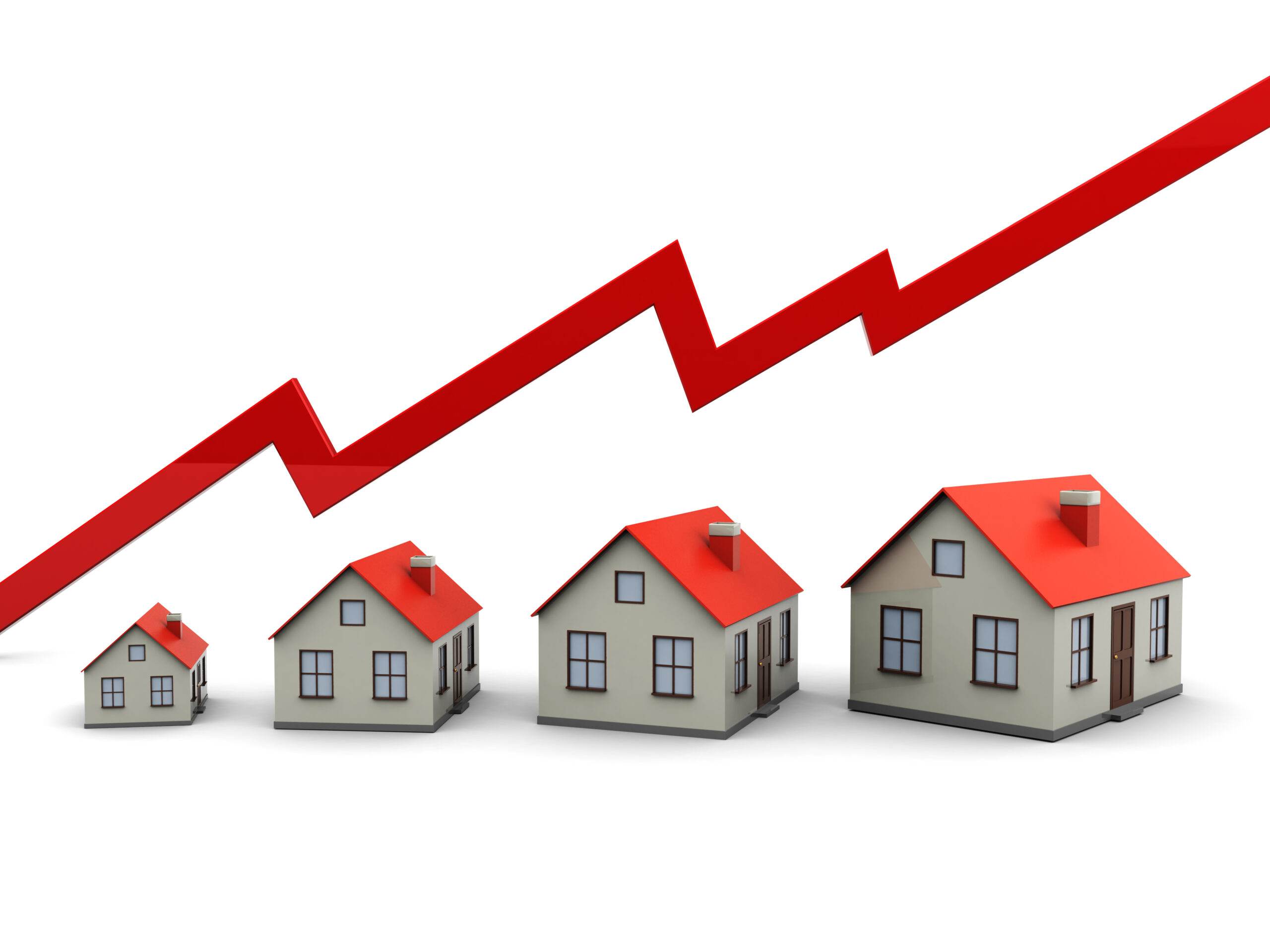Last Updated on October 24, 2023 by Neil Sharma
The price of lumber has declined and a prominent Toronto-based real estate development firm believes it could boost the construction of housing, albeit modestly.
Still, in a city plagued by years-long chronic undersupply of housing, additional housing units, however meagre, are welcome.
“As soon as we start to stabilize our costs, then we make a decision to release the next 30 or 40 houses of a phase,” said Scott McLellan, senior vice president of Plaza Corp. “Once costs come down, or at least stabilize, then you see more supply come onto the market from developers because they’re comfortable. The way costs stabilize is, with more sawmills opening back up, building inventories will go up and prices will come down.”
The cost of most building materials spiked shortly after the onset of the pandemic in March 2020 because, in addition to halted production, there were transportation complications. Steel mills, too, were temporarily offline, resulting in higher prices for builders, but the cost of lumber was the outlier.
“Lumber was $40,000 for a 3,000 sq ft house, and then it more than doubled to $90-100,000,” said McLellan. “Builders were locking in numbers, which got passed on to purchasers. I don’t think house prices will ever come down—you can’t drop prices because nobody could get a proper appraisal or mortgage.”
Lumber and steel mill shutdowns invariably caused prices to surge, although nothing rose as high as the former, however, prices have tapered since the economy began reopening. John Miolla, vice president of operations at Koler Builders, noted that the increase in home renovations, which began shortly after the pandemic hit, likely contributed to the exorbitant price of lumber, but he anticipates prices to normalize by next year. In fact, prices were down by 45% in June from a month earlier.
“Production is up and demand is sliding a little bit,” he said. “I’m predicting a return to pre-pandemic pricing at the end of the year, or possibly into 2022.”
Housing prices certainly won’t decrease just because material costs are gradually declining. Preponderantly, tight market conditions are responsible for significant home price growth, and in addition to market fundamentals, namely population growth, prices will keep escalating, although a brief lull is anticipated this summer as people begin travelling again and enjoying summer activities. But considering how high the price of lumber jumped, then dropped, McLellan believes the fluctuation will manifest in relatively static home prices.
“The cost of lumber coming down will cause home prices to moderate a bit; they won’t go up as drastically,” he said. “Remember, other costs, like labour, transportation and steel are still high.”
Neil Sharma is the Editor-In-Chief of Canadian Real Estate Wealth and Real Estate Professional. As a journalist, he has covered Canada’s housing market for the Toronto Star, Toronto Sun, National Post, and other publications, specializing in everything from market trends to mortgage and investment advice. He can be reached at neil@crewmedia.ca.









